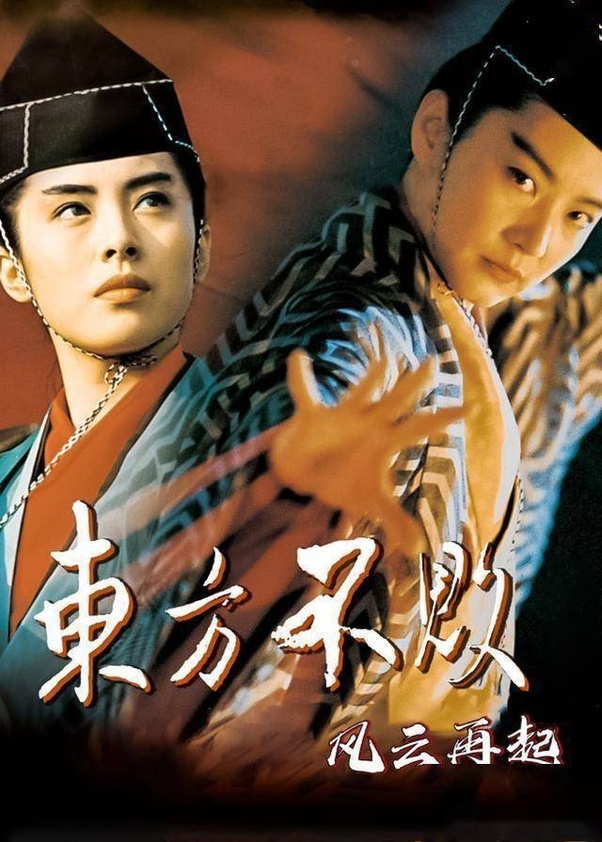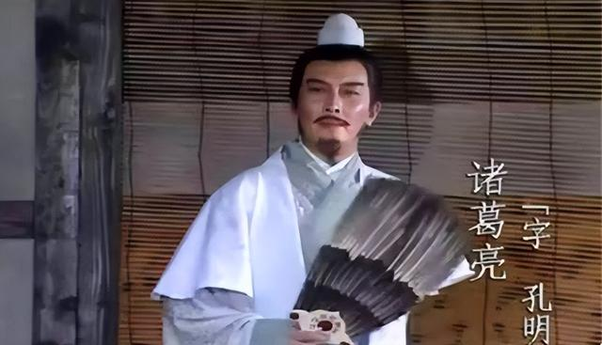There are many unique surnames in China.
Let me recommend you a few unique types – double surnames.
Chinese surnames are usually one character.
For example, Chen(陈), Wang(王), Zhao(赵). But some people have double surnames consisting of two characters.
China’s Hundred Family Surnames(百家姓) includes 81 double surnames, which are used by relatively few people. They are listed below.
欧阳(ou yang)、太史(tai shi)、端木、上官(shang guan)、司马(si ma)、东方、独孤、南宫、万俟、闻人、夏侯、诸葛
尉迟、公羊、赫连、澹台、皇甫、宗政、濮阳、公冶、太叔、申屠、公孙、慕容
仲孙、钟离、长孙、宇文、司徒、鲜于、司空、闾丘、子车、亓官、司寇、巫马
公西、颛孙、壤驷、公良、漆雕、乐正、宰父、谷梁、拓跋、夹谷、轩辕、令狐
段干、百里、呼延、东郭、南门、羊舌、微生、公户、公玉、公仪、梁丘、公仲
公上、公门、公山、公坚、左丘、公伯、西门、公祖、第五、公乘、贯丘、公皙
南荣、东里、东宫、仲长、子书、子桑、即墨、达奚、褚师。
Origin of Chinese double surnames: 1. Derived from official titles. For example: Sima, Taishi, Sikong, Zuoqiu, etc.
2. Derived from fiefs. For example: Duan Gan, Liangqiu, Shangguan, Yangshe, Zhongli, etc.
3. Derived from places of residence.
For example: Dongguo, Ximen, Nanguo, etc.
4. Derived from the characters of the king’s father. For example: Ziyang, Gongyang, etc.
5. Derived from clan lines. For example: Shusun, Changsun, etc.
6. Derived from the lineage of nobility. For example: Gongsun, Zhongsun, etc.
The following is a famous character with a double surname in Chinese history or fiction.
1.东方不败(dongfang)——is a fictional character in the wuxia novel The Smiling, Proud Wanderer by Jin Yong
Dongfang Bubai – Wikipedia
Fictional character Dongfang Bubai Wuxia character Created by Jin Yong In-universe information Gender Male Affiliation Sun Moon Holy Cult Fighting style Sunflower Manual style Weapon Needles Significant other Yang Lianting Needles are Dongfang Bubai’s main weapons. The flying needles used by Dongfang Bubai, typically with red strings attached. Dongfang Bubai , literally “Invincible East”, is a fictional character in the wuxia novel The Smiling, Proud Wanderer by Jin Yong . He is the leader of the Sun Moon Holy Cult ( 日月神教 ), an “unorthodox” martial arts school. In his quest to dominate the wulin (martial artists’ community), he castrated himself to fulfil the prerequisite for learning the skills in a martial arts manual known as the Sunflower Manual ( 葵花寶典 ), and became a formidable martial artist after mastering those skills. His castration and supreme prowess in martial arts make him one of the most memorable characters in Jin Yong’s wuxia universe even though he appears in only one chapter of the novel. His name has also become virtually synonymous with homosexuality and LGBT sexual orientations in Chinese popular culture. [ 1 ] Dongfang Bubai makes his dramatic physical appearance in only one chapter of the novel, but his character is pivotal and indispensable to the essence of the story and is continually referenced in vital ways throughout the plot. For example, Ren Woxing ranks him first on a list of “three and a half” persons he most respects and admires. Dongfang Bubai’s captivating and provocative character has enabled his role to be largely expanded in films and television series adapted from the novel. He is first mentioned by name in the novel as a deputy to Ren Woxing, the leader of the Sun Moon Holy Cult. Through a scheme, he ousts Ren Woxing from power, imprisons him in an underground dungeon in Hangzhou , and thereafter seizes the leadership position. He treats his subordinates cruelly and forces them to submit to him by making them consume poison pills. After taking the pill, the person will suffer a long and painful death. However, if the person submits to him and obeys his orders, they will be given an antidote to temporarily ease their suffering for a limited period of time. Dongfang Bubai castrated himself to fulfil the prerequisite for learning the skills in the Sunflower Manual and became an extremely formidable martial artist after mastering those skills. However, his personality became more feminine as a consequence and he developed an intimate relationship with a male lover, Yang Lianting. He neglects the cult’s affairs and leaves them to Yang. Ren Woxing eventually escapes from the dungeon with Linghu Chong’s help and gradually wins back allegiance from his former followers. Ren Woxing, along with his daughter Ren Yingying, Linghu Chong, and another follower Xiang Wentian, sneak back to the cult to confront Dongfang Bubai. In the ensuing fight, Dongfang Bubai is invincible and gains the upper hand despite being outnumb
https://en.wikipedia.org/wiki/Dongfang_Bubai
2.诸葛亮(zhuge)——Records of the Three Kingdoms
Zhuge Liang – Wikipedia
Chinese statesman and military strategist (181–234) Zhuge Liang ( pronunciation ⓘ ) (181 – September or October 234), [ a ] also commonly known by his courtesy name Kongming , was a Chinese statesman, strategist, and inventor who lived through the end of the Eastern Han dynasty ( c. 184–220) and the early Three Kingdoms period (220–280) of China. During the Three Kingdoms period, he served as the Imperial Chancellor (or Prime Minister) of the state of Shu Han (221–263) from its founding in 221 and later as regent from 223 until his death in September or October 234. [ 1 ] He is recognised as the most accomplished strategist of his era. His reputation as an intelligent and cultured scholar grew even while he was living in relative seclusion, earning him the nickname “Wolong” or “Fulong” (both meaning “Sleeping Dragon”). Zhuge Liang’s methods of administration drew both from Legalism [ 2 ] as well as Confucianism . [ 3 ] He was critical of the Legalist thought of Shang Yang , [ 4 ] and advocated benevolence and education as tenets of being a ruler. [ 5 ] He compared himself with Guan Zhong , [ 2 ] developing Shu’s agriculture and industry to become a regional power. [ 6 ] He attached great importance to the works of Shen Buhai and Han Fei , [ 3 ] refusing to indulge local elites and adopting strict, but fair and clear laws. In remembrance of his governance, local people maintained shrines to him for ages. [ 7 ] Zhuge is an uncommon two-character Chinese compound family name . In 760, when Emperor Suzong of the Tang dynasty built a temple to honour Jiang Ziya , he had sculptures of ten famous historical military generals and strategists placed in the temple flanking Jiang Ziya’s statue: Zhuge Liang, Bai Qi , Han Xin , Li Jing , Li Shiji , Zhang Liang , Sima Rangju , Sun Tzu , Wu Qi , and Yue Yi . [ 8 ] Zhang Feng’s painting (1654) depicting Zhuge Liang reclining on a daybed. The authoritative historical source on Zhuge Liang’s life is his biography in Volume 35 of the Records of the Three Kingdoms ( Sanguozhi ), which was written by the historian Chen Shou (233–297) in the third century. Chen Shou had worked in the historical offices of the Shu Han government, and had previously collated Zhuge Liang’s writings into an anthology. [ Sanguozhi 1 ] The scope of this collection may have been limited to official government documents. [ 9 ] : 113 In the fifth century, the Liu Song dynasty historian Pei Songzhi (372–451) annotated the Sanguozhi by incorporating information from other sources to Chen Shou’s original work and adding his personal commentary. Some alternative texts used in the annotations to the Sanguozhi include: Xiandi Chunqiu (獻帝春秋; Chronicles of Emperor Xian ) by Yuan Wei (袁暐) Han Jin Chunqiu (漢晉春秋; Chronicles of Han and Jin ) by Xi Zuochi Xiangyang Ji (襄陽記; Records of Xiangyang ) by Xi Zuochi Wei Shu (魏書; Book of Wei ) by Wang Chen , Xun Yi and Ruan Ji Weilüe (魏略; Brief History of Wei ) by Yu Huan Wei Shi Chunqiu (魏氏春秋; Chronicles of the R
https://en.wikipedia.org/wiki/Zhuge_Liang

